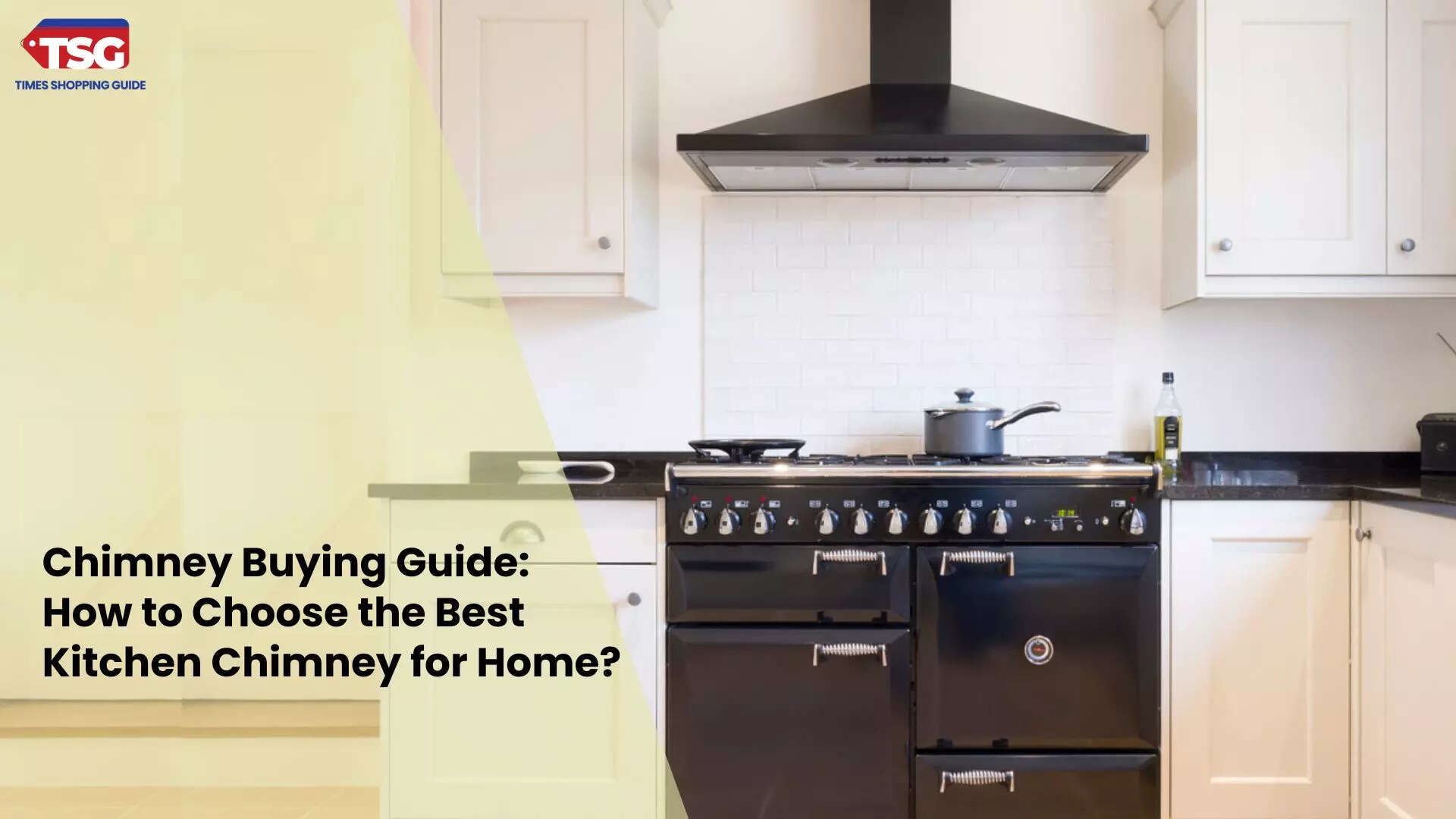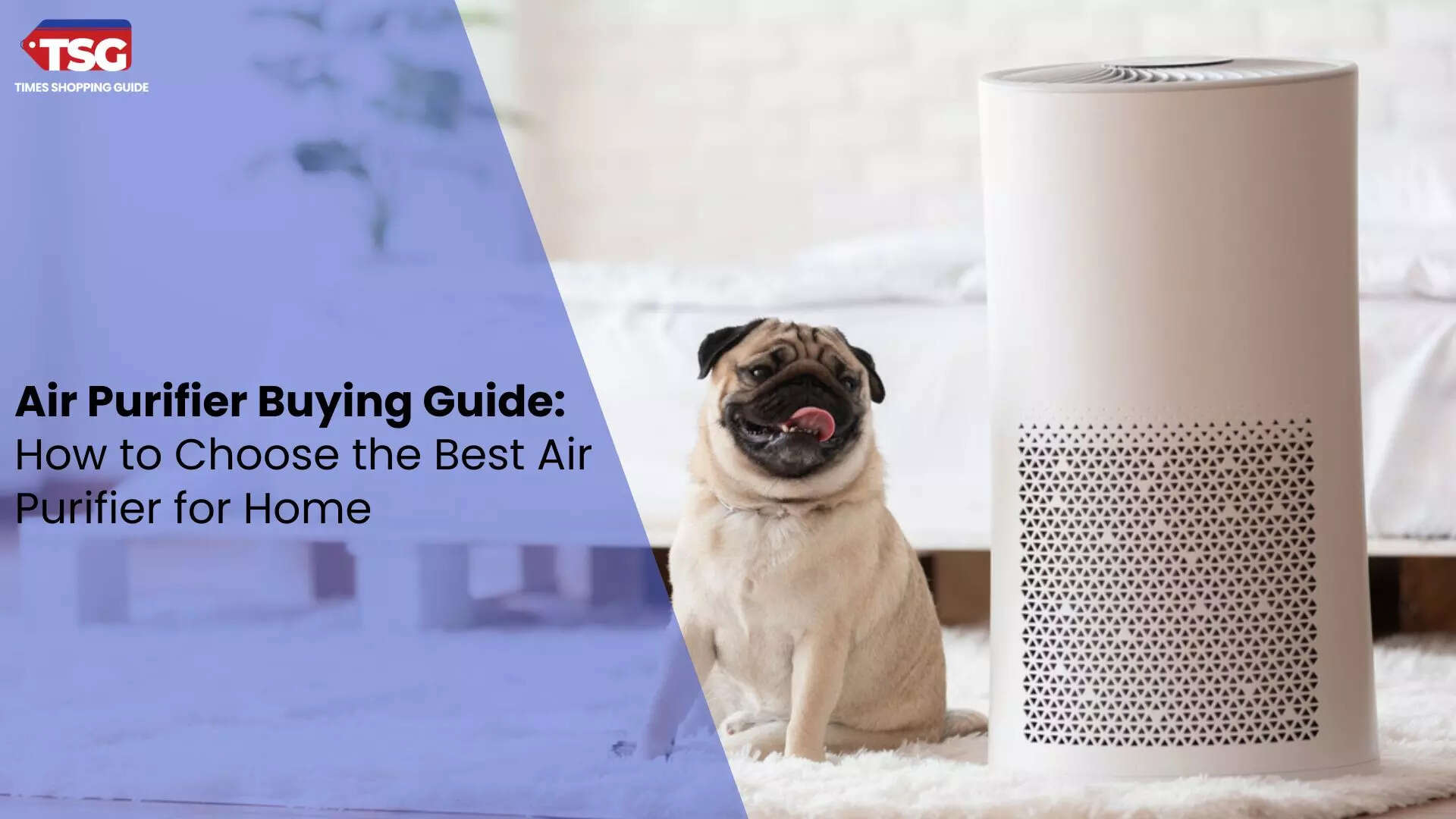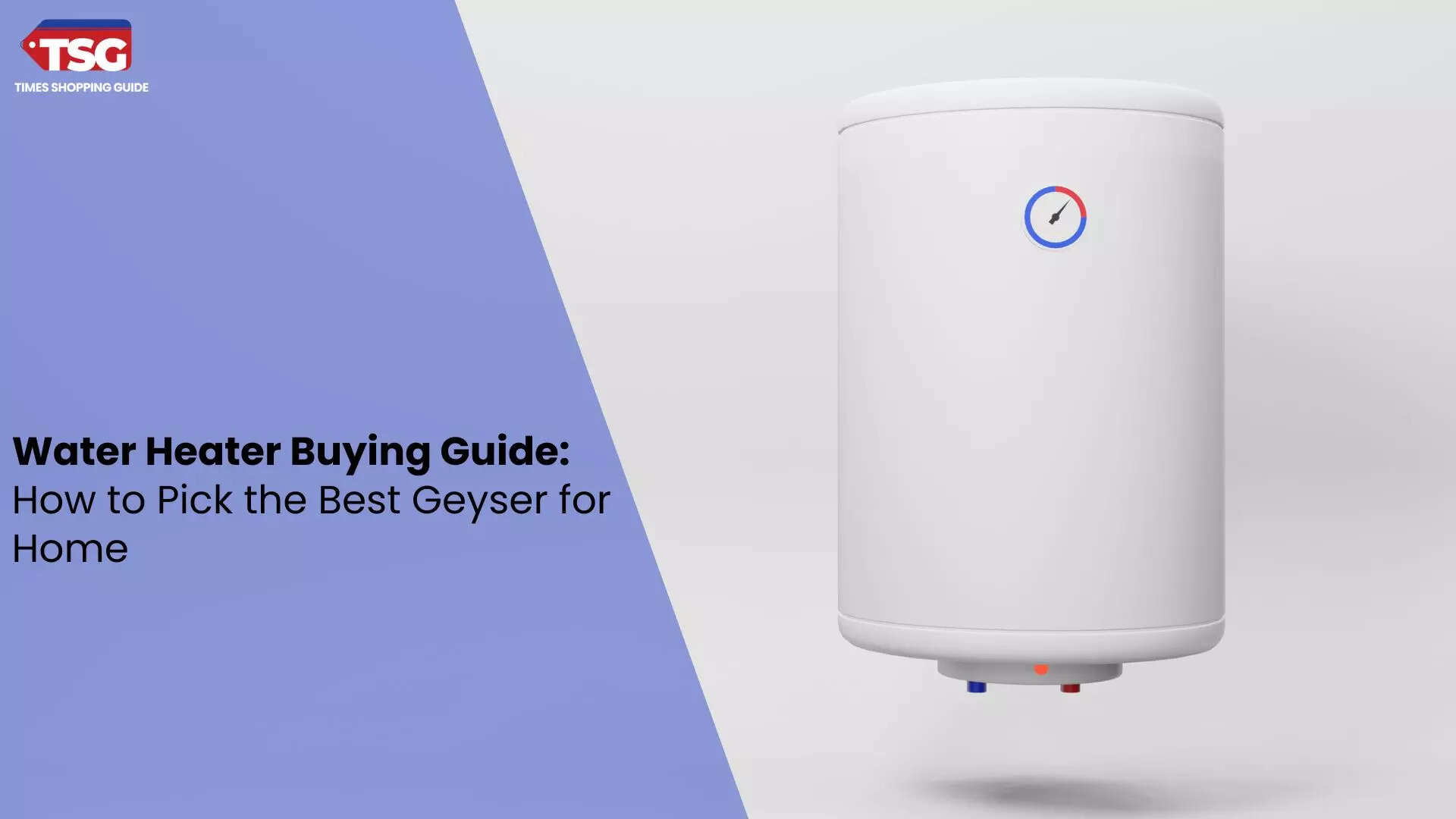- home
- appliances
- buying guide
- chimney buying guide how to choose the best kitchen chimney for home
Chimney Buying Guide: How to Choose the Best Kitchen Chimney for Home?
Choosing the best kitchen chimney for your home can be daunting, especially if you need to familiarize yourself with the different types and features available. A kitchen chimney is an essential appliance that helps to keep the air clean and smoke-free while you cook. This article will discuss the factors you must consider when choosing a kitchen chimney.

Now that you know its advantages, here is a quick chimney-buying guide on choosing the best kitchen chimney for home. Remember the following things to make a well-informed choice regarding how kitchen chimneys work.
Chimney Buying Guide: Budget
It is crucial to decide on a budget before buying a chimney. Your budget will play a significant role in determining the type and features of the chimney you can afford. While higher-end models offer advanced features and better performance, there are also affordable options that provide good value for money.Popular Brands: Some reputable brands known for their quality and performance include Faber, Elica, Bosch, and Kaff. Research and compare different brands to find one that fits your needs and budget.
Read More: Best Chimney in India to Keep your Cooking Zone Smoke Free.
Chimney Buying Guide: Types of Kitchen Chimney
- Wall-Mounted Chimneys: These are installed on the wall above the cooktop and are ideal for kitchens with a traditional design. They are easy to install and maintain.
- Island Chimneys: Perfect for kitchens with a central cooking island, these chimneys are mounted on the ceiling and provide a sleek, modern look.
- Built-In Chimneys: Integrated into the kitchen cabinetry, these chimneys offer a seamless appearance and are ideal for contemporary kitchens with a minimalist design.
- Under-Cabinet Chimneys: These are mounted underneath the kitchen cabinets and are suitable for smaller kitchens with limited space.
Chimney Buying Guide: Size of Kitchen and Chimney
The effectiveness of a kitchen chimney largely depends on its size and your kitchen layout. To ensure optimal performance, consider the following:- Kitchen Size: Measure the size of your kitchen to determine the appropriate chimney size. A larger kitchen may require a more powerful chimney to remove smoke and odours effectively.
- Cooktop Size: To ensure efficient suction, the chimney should match or exceed the width of your cooktop. For example, if your cooktop is 60 cm wide, choose a chimney that is at least 60 cm wide.
- Ceiling Height: The height of your kitchen ceiling affects the chimney's installation. For high ceilings, ensure the chimney has an adjustable height or extension to accommodate the extra space.
Also Read: Best Electric Chimneys Under 10000 to Free Your Kitchen from Odd Odour.
Chimney Buying Guide: Suction Power
The suction power of a kitchen chimney is an essential factor to consider when choosing the best kitchen chimney. The suction power determines how effectively the chimney can remove smoke and fumes from your kitchen.- Small Kitchen (up to 100 sq. ft.): A chimney with a suction capacity of 400-600 m³/h is usually sufficient.
- Medium Kitchen (100-200 sq. ft.): Choose a chimney with a 600-800 m³/h suction capacity.
- Large Kitchen (over 200 sq. ft.): Choose a chimney with a suction capacity of 800 m³/h or more.
Chimney Buying Guide: Filter Types
Filters play a crucial role in trapping grease, oil, and other particles from the air. There are three main types of filters:- Baffle Filters: Made of stainless steel, baffle filters are highly durable and effective in trapping grease. They are easy to clean and are often found in high-end chimneys.
- Charcoal Filters: These filters absorb odours and are ideal for chimneys without a ducting system. They need to be replaced periodically.
- Mesh Filters: Usually made of aluminium or stainless steel, mesh filters are effective in trapping grease but require regular cleaning. They are commonly found in mid-range chimneys.
Chimney Buying Guide: Burner
Choosing the best kitchen chimney involves understanding how it interacts with your burners to ensure optimal performance.- Single Burner: A smaller, less powerful chimney can be sufficient for kitchens with a single burner. Ensure the chimney's width matches or slightly exceeds the burner’s size for effective smoke capture.
- Multiple Burners: If you have a multi-burner cooktop, such as a 3- or 4 burner gas stoves, opt for a larger chimney with a higher suction capacity. The chimney should cover the entire width of the burners to handle the increased volume of smoke and fumes efficiently.
- Electric Induction Burners: Induction cooktops produce less smoke and grease than gas burners. A chimney with moderate suction capacity and mesh or charcoal filters may suffice, though baffle filters can still provide added efficiency.
Read This: Buying Guide on Induction: The Definitive Guide to Choose Best for Your Kitchen.
Chimney Buying Guide: Design
Ensure the kitchen chimney design complements the burner layout and overall kitchen aesthetics. A well-integrated design helps maintain a clean, streamlined appearance while ensuring the chimney effectively captures smoke and odours.Chimney Buying Guide: Advance Features
When selecting the best kitchen chimney, advanced features meet your functional needs, enhance your cooking experience, and integrate seamlessly into your kitchen environment. Here’s a guide to help you understand and choose the advanced features that best suit your needs:1. Auto-Clean Function:
Ensures consistent performance and longer filter life. Check the frequency of auto-clean cycles and whether the collected grease container is easy to empty and clean.
2. Smart Sensors:
Smart sensors detect the level of smoke, heat, and odours in the kitchen and automatically adjust the chimney’s suction power accordingly. Look for a kitchen chimney with user-friendly controls to manage sensor settings.
3. Remote Control and Smart Connectivity:
Ensure the remote control or app is intuitive and reliable. If applicable, check compatibility with your home’s smart ecosystem.
4. LED Lighting:
Integrated LED lights illuminate the cooking area, making it easier to see what you’re cooking. If possible, choose adjustable lighting to direct light where needed.
5. Noise Reduction Technology:
Check the noise level specifications (measured in decibels) and compare models to find one with acceptable noise levels for your preference. Features such as quieter motors and soundproofing materials reduce operational noise.
6. Touch Control Panels:
Modern kitchen chimneys often come with touch-sensitive control panels with various settings and modes. So, while buying the best chimney in India, ensure the control panel is responsive and straightforward to navigate. Consider additional features like preset cooking modes.
7. Heat Auto-Detection:
Optimizes suction power, improving efficiency and preventing overheating. So, check the auto-detection system is accurate and doesn’t interfere with regular cooking operations.
8. Filter Indicators:
This feature helps maintain optimal performance and ensures timely maintenance. Check the indicator system’s reliability and ease of understanding; it provides timely maintenance notifications.
9. Convertible Models:
It can be ductless or ductless, allowing flexibility depending on your kitchen setup. It offers versatility and can adapt to different installation requirements or future changes in your kitchen design.
How to Maintain Kitchen Chimney?
- To maintain your kitchen chimney, regularly clean or replace filters to prevent grease buildup and ensure efficient performance.
- Clean metal or baffle filters with mild detergent and warm water, and replace charcoal filters according to manufacturer recommendations.
- Wipe the chimney’s exterior with a soft cloth to remove smudges and dust.
- Check and clean the ducting system periodically to avoid blockages.
- If available, ensure that the chimney's auto-clean function is activated as needed.
- Schedule professional servicing annually to address deeper maintenance issues and ensure optimal functionality.
- Regular upkeep will extend the life of your chimney and maintain a clean kitchen environment.
FAQs:
1. What to look for when buying a chimney?
To purchase the best kitchen chimney, always look for the perfect size according to your kitchen. Consider a design that complements your interior, has advanced features for convenient cooking time, and a budget that fulfils your requirements without burning a hole in your pocket.
2. Which chimney is better, 60 cm or 90 cm?
If you own a small gas stove with two burners, purchase a 60 cm kitchen chimney. However, choosing a 90 cm chimney is advised if your stove has three or more burners.
3. How much suction is good for chimneys?
A suction power of 700-1200 m3/h is enough for small kitchens, and 1300-1500 m3 h is needed for large kitchens.
Disclaimer: Times Shopping Guide is committed to bringing you the latest products from the best brands. Our selection is based on market research and positive consumer feedback. Times Shopping Guide is also a part of an affiliate partnership. In line with this, we may receive a portion of the revenue from your purchases. Please note that the product prices are subject to change based on the retailer's deals.








